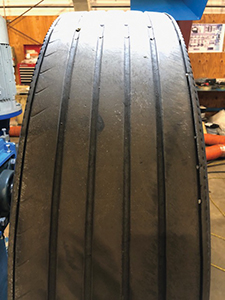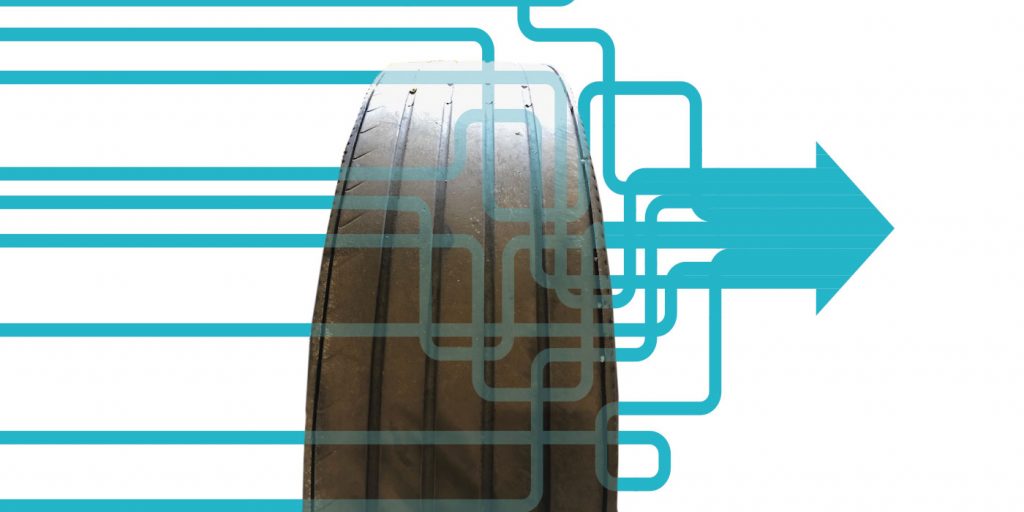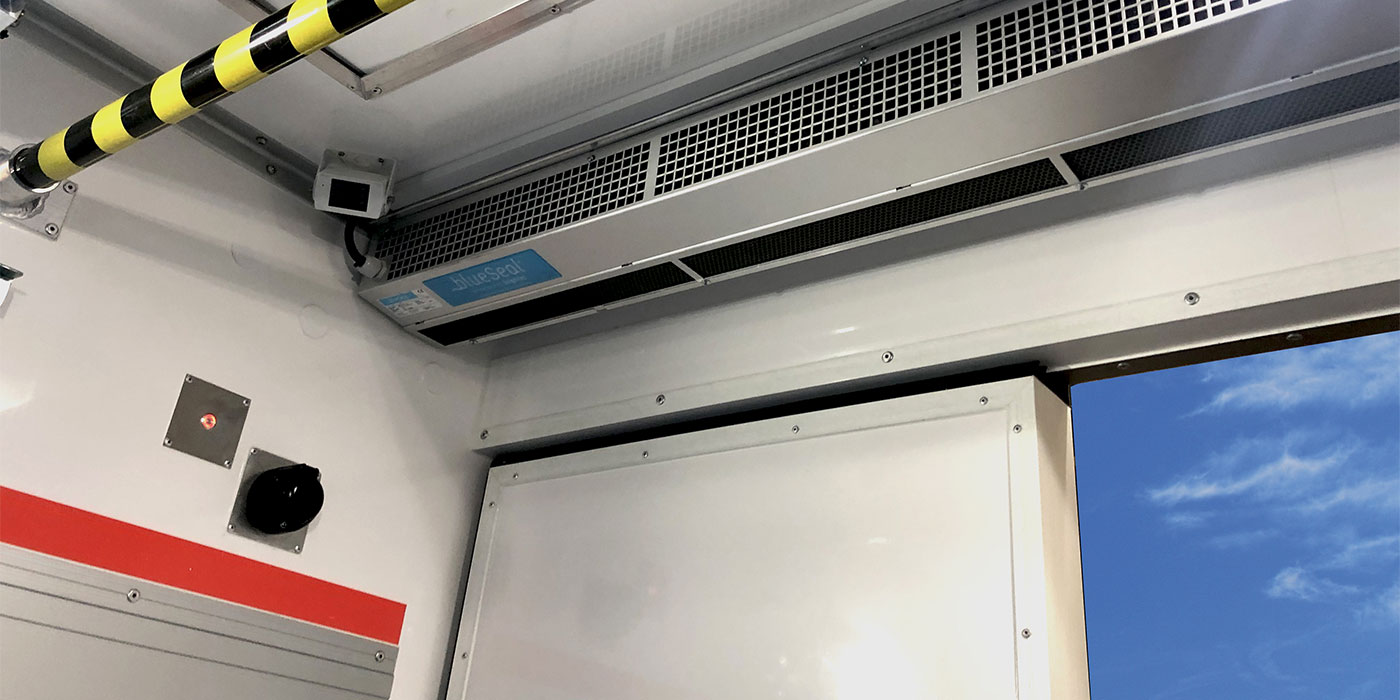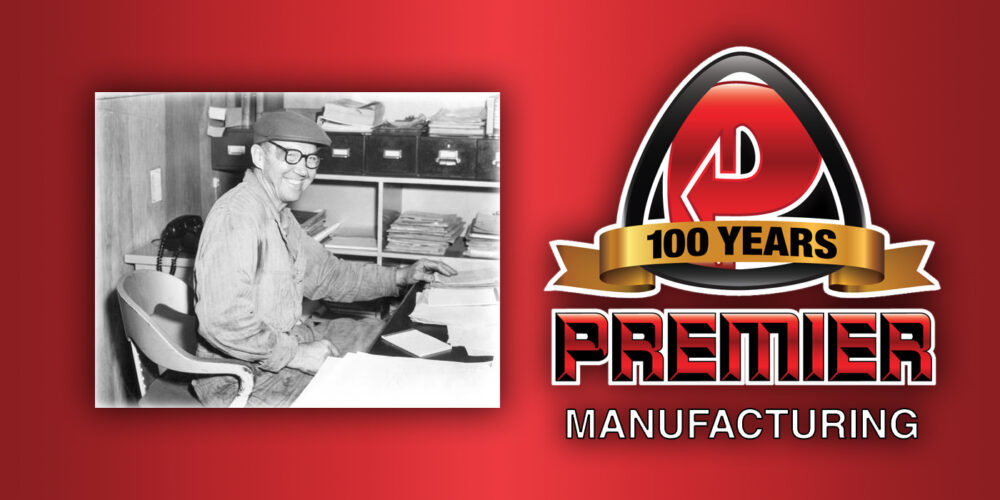Let’s say you retread a pair of new, premium steer tire casings. Where on your truck do they go next?
The most common answer is probably the drive position. But what if you equipped them back onto the steer position?
Bridgestone Americas’ Kyle Chen, brand manager of truck and bus radial tires for the U.S. and Canada, says fleets that retread steer tires and put them back onto the steer axle aren’t as uncommon as you might think, adding it is a misconception that this is always an unsafe practice.
“The Department of Transportation (DOT) prohibits the use of retreads in the steer position on buses only,” Chen says. “Many fleets find that utilizing retreads in the steer position is a safe and efficient way to maximize tire asset utilization. In some operations, including the waste, construction and delivery industries, many fleets find efficiency in using retreads starting at the steer position.”
Charles Luther of Triangle Tire USA also says it’s safe to use retreads on the steer position, but adds the fleets that will see the most benefit by doing so are generally those that operate at lower speeds.
“Fleets that use retreads on the steer axle are primarily local fleets such as large city refuse fleets, city delivery vehicles of various sizes, and any equipment used in street maintenance. These fleets operate at lower speeds and are often used in stop and go operations in a tough inner-city environment,” Luther says. “Over-the-highway, long-haul operations will, in almost all cases, run new tires on the steer axle. This is the norm and certainly contributes to driver peace of mind.”
The tried-and-true method of using new tires on the steer position, moving them back to the drive position for the first retread and finally to the trailer position for the next retread works well for long-haul fleets due to application, he says.
“Drive axles tend to be a more demanding environment due to the torque of the drive train; therefore less aged casings or first time retreaded tires are preferred for this demanding position,” Luther says. “Trailer tires, not subject to torque, are certainly a better position for a second cap casing, and these retreads tend to have a shallower tread applied specifically designed to reduce the free rolling wear often seen in trailer tires.”
“Every fleet handles casing progression differently,” adds Yokohama Tire’s Sr. Manager of Field Engineering Pat Keating. “Many fleets will retread a drive tire back into the drive position.”

Tires are expensive and small changes can affect your bottom line in big ways. If you’re thinking of switching up your tire program, take it from Chen and don’t do it alone.
“While retreading is an essential component of any tire program to drive lowest total cost of ownership, fleets should work with a trusted service provider to fully realize the benefits of a comprehensive tire program,” Chen says. “There are many aspects of a tire program, such as casing age specifications, repair specifications, number of times a casing is retreaded, and wheel position placement that can drive real cost savings for fleets. Bridgestone recommends fleets work closely with a trusted dealer partner to develop a custom tire program, inclusive of retreads, to ensure the process is tailored to their business needs.”














